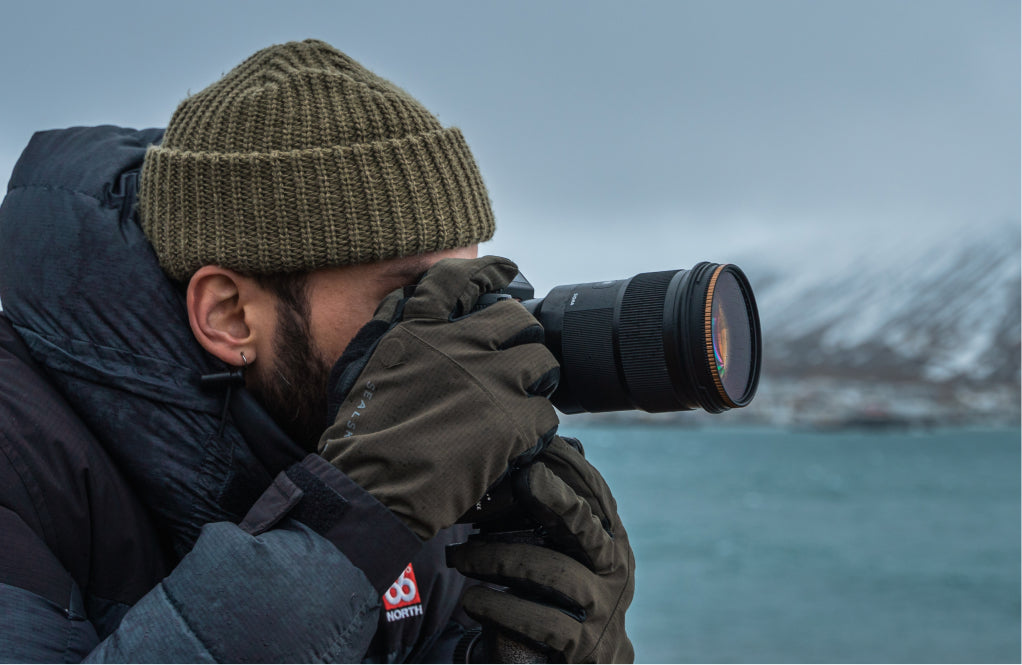A stepping ring allows you to use a camera filter that has a wider-diameter thread size than the camera lens that you want to mount it on. Stepping rings are useful in that you can use them to adapt a filter onto a series of lenses of different thread sizes, instead of buying the same filter in different sizes for each lens that you own. Consider the following when purchasing a stepping ring for your camera lens:

Step-up or Step-Down?
If you’ve got a DSLR or mirrorless camera with an interchangeable lens system, chances are you’ve probably got the kit lens it came with as well as a few other primes, zooms, or telephotos. When looking for a stepping ring, choose one that will fit your largest lens’ front thread size. It’s helpful to first organize your lenses by largest to smallest front lens diameter.
Stepping-Up
Let’s say you have three camera lenses —one with a 52mm front thread, another with a 67mm thread, and then one with a 77mm thread—you want a filter to fit the widest diameter lens (thread) size, in this case 77mm, and a pair of step-up rings, (67-77mm and 52-77mm), to fit the larger 77mm filter to the smaller-diameter lenses. Choose a good filter (or set of filters) that fits that lens with the widest lens diameter along with a set of stepping rings to adapt your filters, and it’ll save you from having to replace a damage front lens element down the road.
Stepping Down
Stepping down, if you can avoid it, is not advised. This is because when using a smaller filter on a larger diameter lens, say a 52mm filter on a 77mm lens thread, you run the risk of vignetting around the edges of the frame. It’s best to step up instead. Also try to avoid stacking stepping rings as that can begin to introduce warping or ghosting into the image.

Stepping rings are a valuable but often overlooked photography tool that provide several advantages. It’ll help you strip down your camera kit to one or two sizes of filters when traveling, instead of taking a filter for each different sized lens and having to sort through them all, (not to mention haul them along with you). A set of stepping rings also costs less than a set of filters, so you’ll be doing not only your physical self a favor by streamlining your gear, you’ll be doing your wallet a favor.

Scott Fairfax
Chief Copywriter, PolarPro




Share:
Why Shoot In DLOG-M
Best ND Filter and Related Settings for Landscape Photography